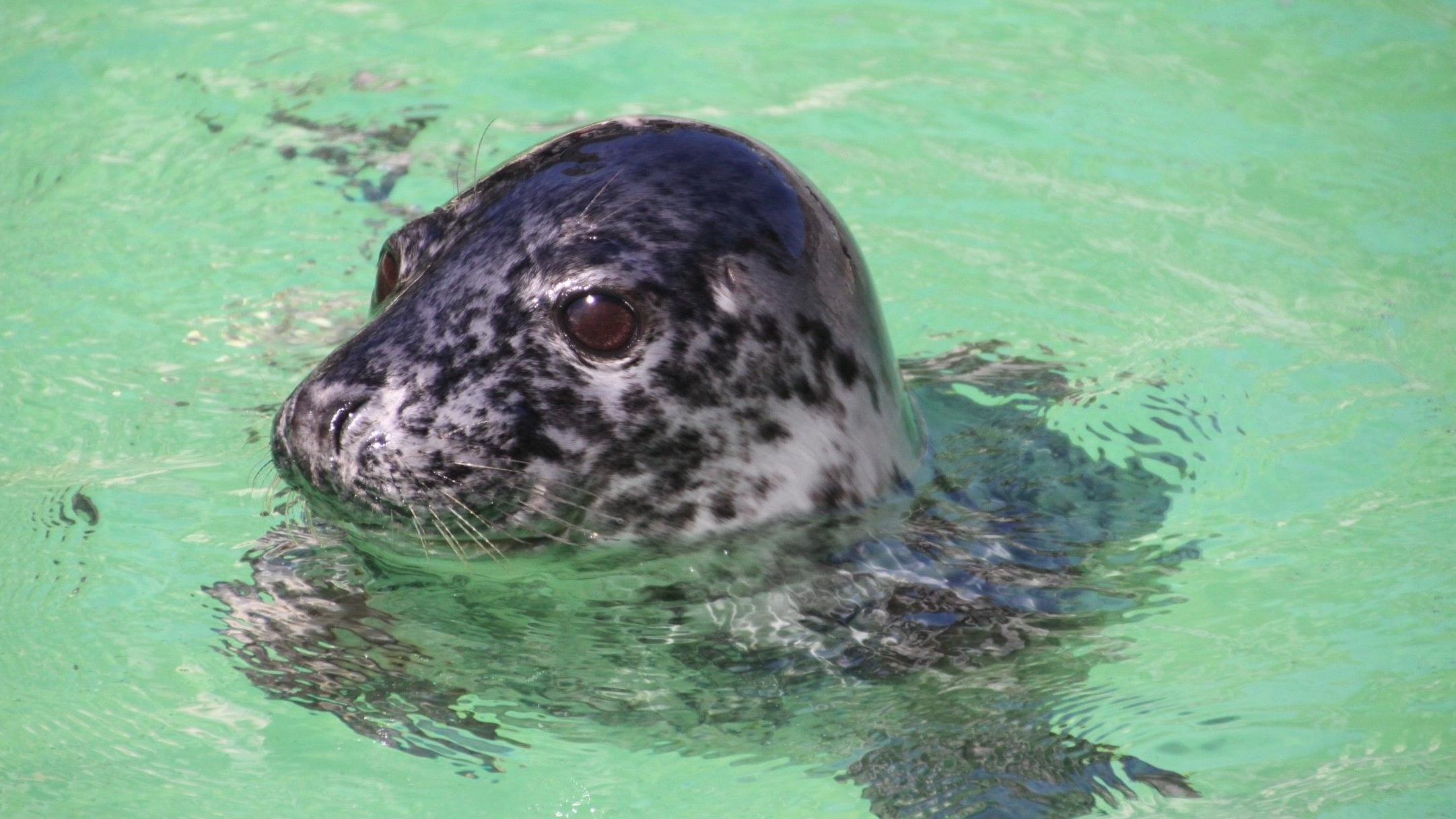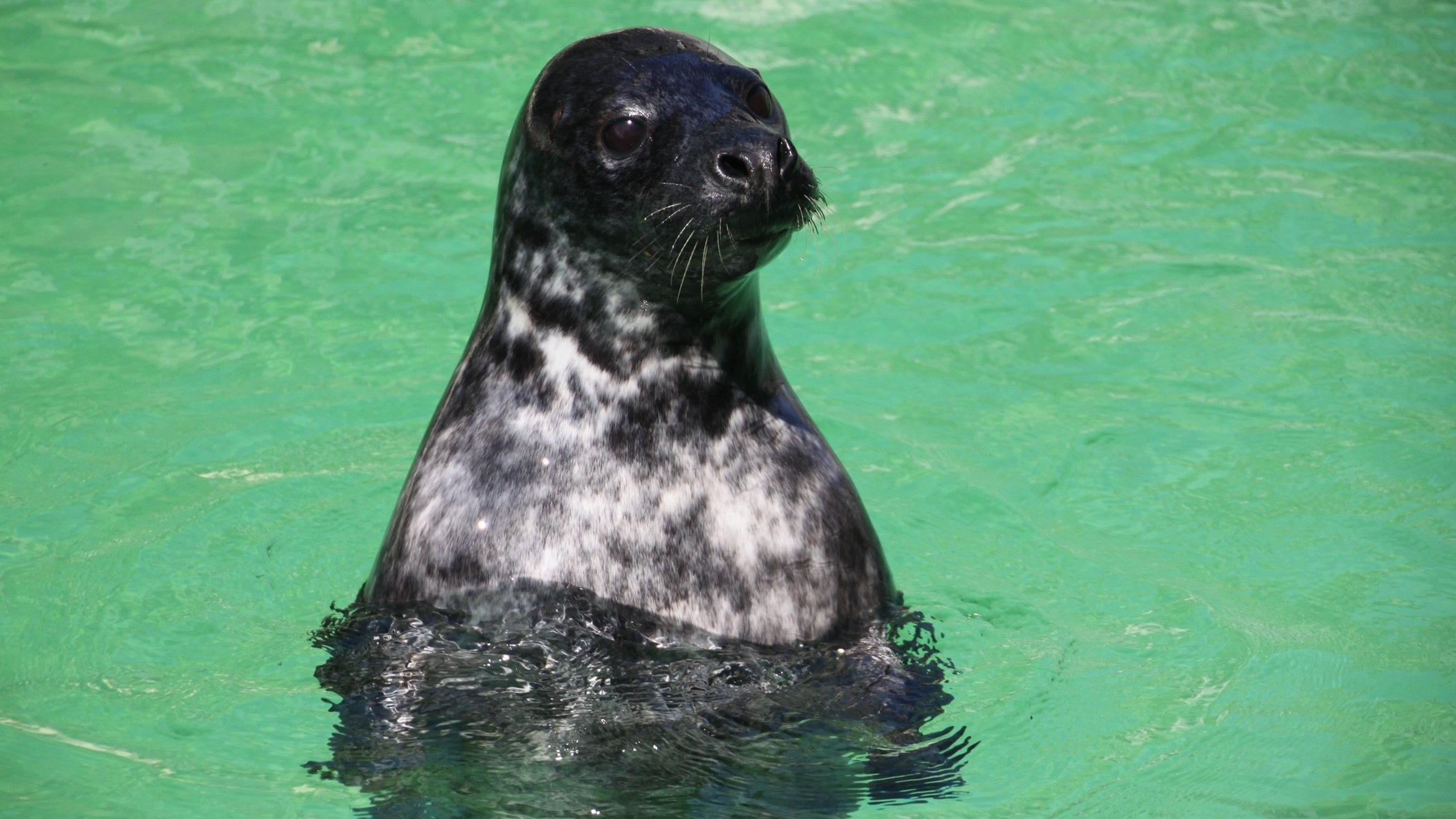Scientist Unveils the Secret: How Seals Stay Afloat During Deep Dives

A scientist from Northern Ireland has discovered the super sense that makes marine mammals the ultimate divers.
Dr. Chris McKnight from County Antrim has been studying why seals can remain submerged without breathing for significantly longer periods compared to numerous other animal species as part of his research at the University of St Andrews in Scotland.
He discovered that, apart from efficiently storing oxygen, they possess a distinctive capability to mentally monitor the levels in their bloodstream to prevent drowning due to lack of oxygen.
"It’s tremendously exciting to discover such a crucial element of marine mammal evolution, which plays a pivotal role in their ability to dive—that encompasses much of what these creatures do," stated Dr. McKnight.

He stated that the adaptation was crucial for the development of marine mammals such as seals and walruses, enabling them—and possibly other breath-holding divers like certain birds and reptiles—to reside primarily underwater without needing constant access to air during dives.
"It’s tremendously exciting to discover such a crucial element of marine mammal evolution, which plays a vital role in their ability to dive—it’s pivotal for much of what they do," Dr. McKnight remarked.
It seems like something that was right in front of us all along.
"It may appear straightforward and logical that seals can detect oxygen levels, which aids them in making choices to avoid running out of air and drowning; however, from an evolutionary perspective, this places both the species and their physiological mechanisms among the most distinctively adapted creatures," he explained.
While scientists knew How do mammals manage to stay underwater without breathing for such extended periods? They were unaware that they were evaluating the duration of their dives.
To determine this, six young seals were observed at the university's Sea Mammal Research Unit over nearly a year, examining how they modified their behavior based on varying levels of oxygen availability.
Seals such as Trish and Oisin voluntarily dove into the unit's pool to catch fish while under observation.

The air mixtures they encountered had been modified to alter the amounts of oxygen and carbon dioxide.
The length of each dive increased with greater access to oxygen, yet carbon dioxide played no role in this effect.
This indicated that the seals are less susceptible to carbon dioxide compared to some other species.
Dr. Joanna Kershaw, one of the report’s authors, commended the skills and commitment of the research group.
She exclaimed, 'It has been incredibly thrilling to collaborate with these remarkable creatures and discover one of the key factors behind their exceptional adaptation to their habitat.'
- Deep-diving mammals' secret revealed
- Winner of acclaimed photograph 'wore seaweed on head'
- Why researchers are employing a crossbow for whale studies
- Thanks to artificial intelligence and drones, thousands of seals have been tallied.

Post a Comment for "Scientist Unveils the Secret: How Seals Stay Afloat During Deep Dives"